Civitavecchia to Rome: A Comprehensive Guide for Cruise Passengers
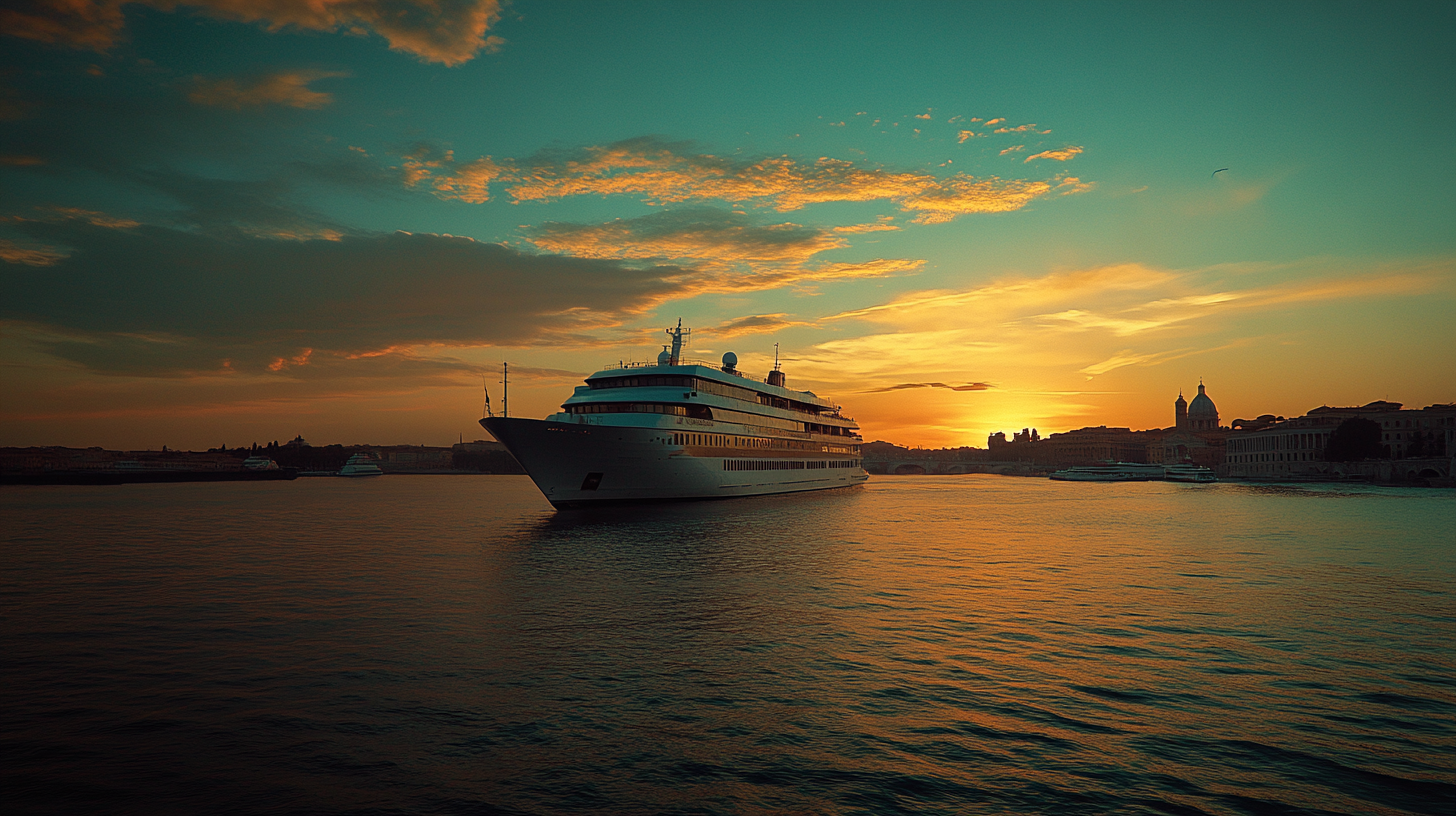
Traveling from Civitavecchia to Rome is a journey steeped in anticipation, as cruise passengers disembark from majestic liners, eager to immerse themselves in the timeless allure of Italy’s historic capital. Nestled along the azure waters of the Tyrrhenian Sea, Civitavecchia is not just a bustling port but a historic city in its own right, serving as the maritime gateway to Rome’s rich tapestry of art, culture, and history. Whether you’re a first-time visitor enchanted by the promise of ancient ruins and Renaissance art, or a seasoned traveler eager to rediscover the city’s hidden gems, this comprehensive guide will navigate you through the myriad transportation options available. From efficient trains whisking you through the picturesque Italian countryside to private transfers offering comfort and convenience, we’ll ensure your journey to the Eternal City is as memorable as the destination itself.
Understanding Civitavecchia: Rome’s Cruise Port
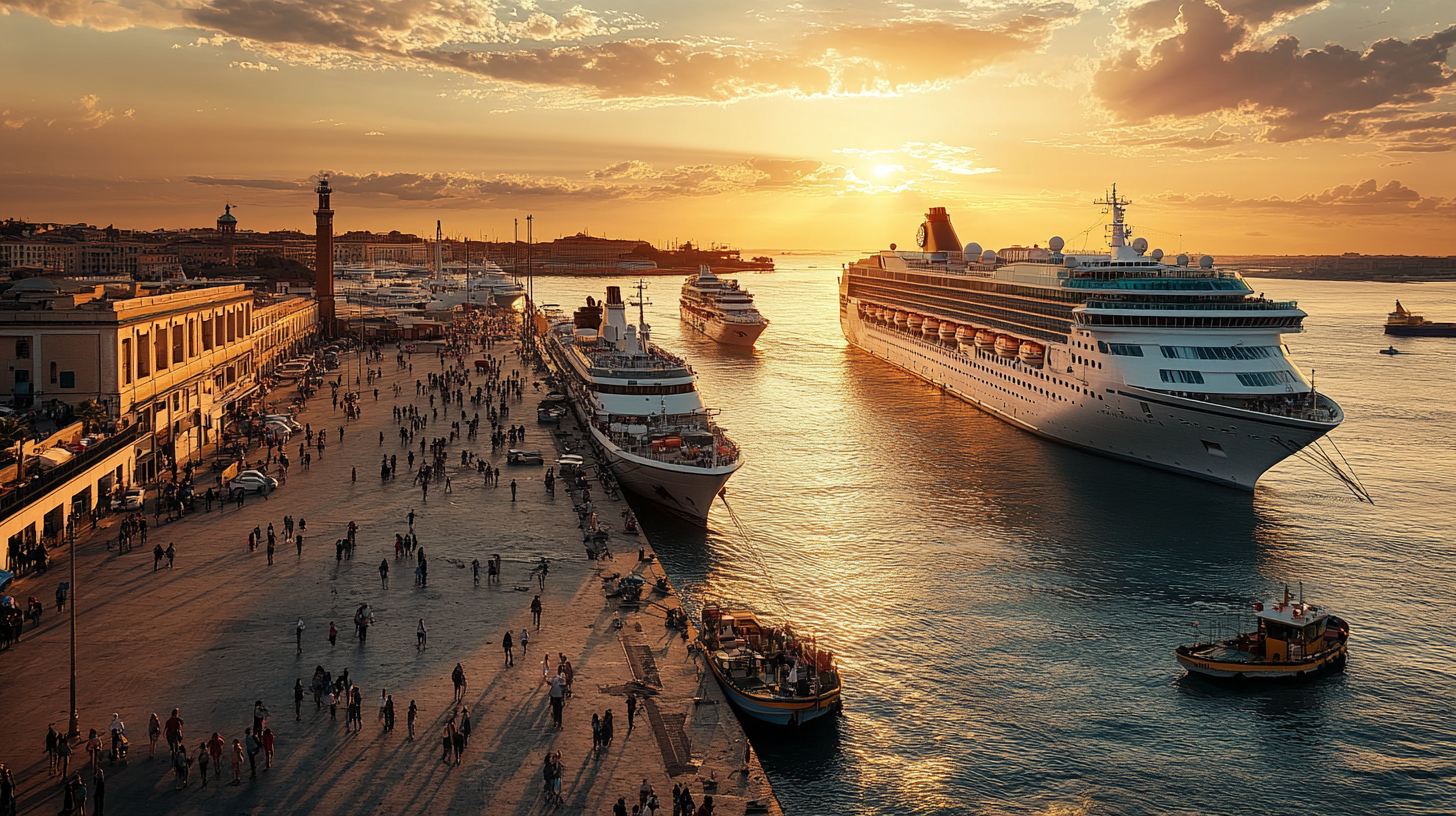
Civitavecchia, whose name translates to “Ancient Town,” boasts a history that dates back to the Etruscans and Romans. Positioned approximately 60 kilometers (37 miles) northwest of Rome, this port city has long been a pivotal maritime hub, connecting travelers to the heart of Italy. Every year, its docks are graced by magnificent cruise ships from around the world, discharging passengers eager to explore the wonders of Rome. But while Civitavecchia itself offers charming piazzas, medieval fortresses like the Forte Michelangelo, and a rich local culture, most visitors are keen to make their way to Rome as efficiently as possible. The journey requires thoughtful planning, particularly for those with a tight schedule aiming to witness iconic landmarks such as the awe-inspiring Colosseum, the grandeur of the Vatican City, or perhaps indulge in a leisurely stroll through the cobblestone streets of Trastevere.
Transportation Options from Civitavecchia to Rome
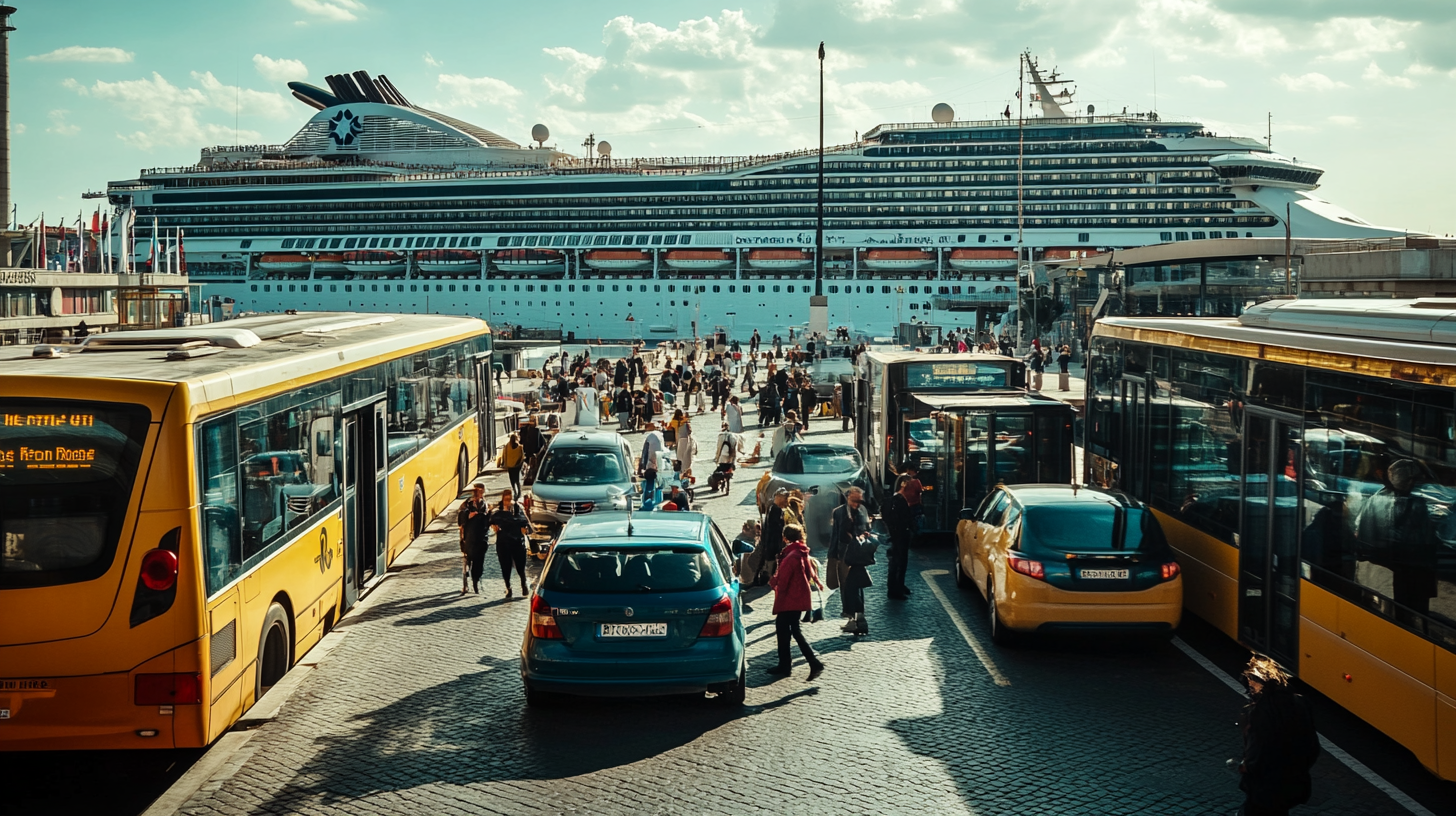
Passengers have several options to travel from Civitavecchia to Rome, each varying in cost, convenience, and travel time. Whether you prioritize budget, comfort, or speed, understanding these options will help you choose the best mode of transportation for your needs, ensuring you make the most of your visit to this enchanting city.
1. By Train
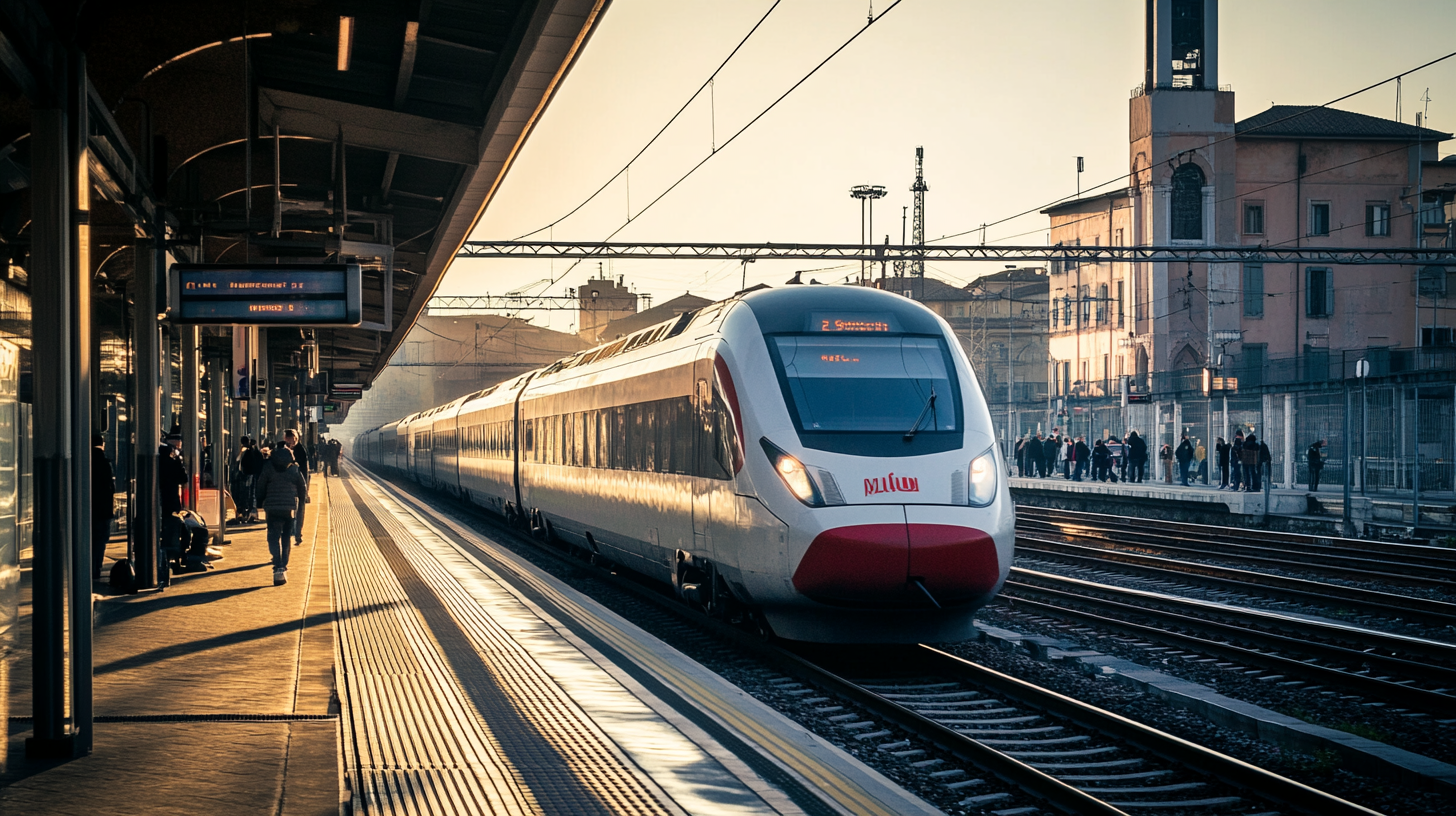
TrenItalia Regional Trains
The TrenItalia regional trains offer not only a budget-friendly but also a quintessentially Italian experience, allowing you to traverse the rolling landscapes and scenic vistas between Civitavecchia and Rome. With trains departing approximately every 30 minutes, you have the flexibility to align your travel with your personal schedule. The journey takes about one hour, delivering you right into the heart of Rome at stations like Roma Termini or Roma San Pietro, both strategically located near major attractions. Tickets are exceptionally affordable, starting as low as €5 (approximately $5.03) when booked in advance. This economical option is ideal for independent travelers comfortable with navigating public transportation and looking to maximize their time and budget.
For detailed schedules, prices, and tips on purchasing tickets, refer to Comprehensive Guide to Booking TrenItalia Tickets from Civitavecchia to Rome .
Civitavecchia Express
Specifically tailored for cruise passengers, the Civitavecchia Express offers a dedicated service designed to ensure peace of mind and punctuality. Unlike the regular regional trains, the Civitavecchia Express provides reserved seating, guaranteeing you a spot even during peak travel times. The train schedule aligns closely with cruise ship arrivals and departures, minimizing the risk of missing your return voyage due to unforeseen delays. The journey is comfortable and swift, with fewer stops along the way, allowing you to maximize your time exploring Rome’s wonders. While the tickets are priced higher than regional trains, many passengers find the reliability and convenience well worth the extra cost.
To find more information on schedules and booking, consult Official Civitavecchia Express Timetables and Booking Information .
Booking Tickets
Booking your rail tickets in advance is a savvy move, not only to secure the best prices but also to ensure availability, especially during the high tourist season. It’s noteworthy that rail prices often increase annually on March 2nd, so purchasing tickets ahead of this date can result in significant savings. Tickets can be conveniently booked through various operators, such as TrenItalia, which manages the majority of Italy’s rail services, and Frecciabianca, known for their high-speed trains. Utilizing online resources like the official websites or mobile apps allows you to plan your journey with ease, offering real-time schedules and pricing options that align with your itinerary. Secure payment methods, including PayPal, Apple Pay, and all major credit cards, make the booking process seamless. Some platforms even offer e-tickets that you can download to your smartphone, eliminating the need for paper tickets.
For a step-by-step guide on how to book train tickets online, visit Easy Steps to Book Italian Train Tickets from Civitavecchia to Rome Online .
Tips for Train Travel
- Consider purchasing a Railcard for additional discounts: If you are planning to travel extensively by train within Italy, investing in a Railcard or a travel pass can lead to substantial savings. These cards often offer discounted fares and special deals, especially for seniors, youth, or families.
- Plan your journey ahead of time to account for any potential delays: While trains in Italy are generally punctual, factors such as strikes (a relatively common occurrence), maintenance work, or unexpected disruptions can cause delays. Always check the latest train schedules and consider building in some buffer time to ensure you reach your destinations as planned.
- Be mindful of the class of service you choose, as amenities vary: Italian trains offer different classes, such as Standard (Second Class) and First Class. While Standard Class provides comfort and basic amenities, upgrading to First Class offers more spacious seating, additional legroom, and sometimes complimentary refreshments. Choose the class that best suits your comfort preferences and budget.
For more travel tips and insider advice on train travel in Italy, read Expert Tips for Navigating Italian Trains from Civitavecchia to Rome .
2. By Bus

Civitavecchia-Rome Shuttle Bus
The Civitavecchia-Rome shuttle bus is a dedicated service designed with the cruise passenger in mind, providing a seamless connection between the port and several strategic drop-off points in Rome, such as the Vatican area or near the Termini Station. These modern coaches are equipped with amenities like free Wi-Fi, allowing you to stay connected during your journey, and ample luggage storage for your convenience. The drivers are often multilingual and familiar with assisting international travelers. The journey typically takes about an hour, depending on traffic conditions, and affords you the comfort of a direct route without the need to navigate transfers or crowded public transport.
Schedules and booking options can be found at Official Civitavecchia-Rome Shuttle Bus Services and Timetables .
Public Buses
Public buses operated by companies like Cotral offer a cost-effective option for those traveling from Civitavecchia to Rome. While fares are low, journey times can be significantly longer—sometimes over two hours—due to frequent stops and potential transfers. Buses may be less frequent than trains, and schedules can be less reliable, especially on weekends and public holidays. This option may appeal to budget travelers who enjoy a more leisurely pace and wish to experience local commuting. Be prepared for minimal amenities and possibly limited luggage space.
For details on routes, schedules, and fares, see Guide to Using Public Buses from Civitavecchia to Rome .
Advantages and Disadvantages of Bus Travel
Traveling by bus presents several advantages: direct routes to central locations in Rome, comfortable seating, and onboard amenities like air conditioning and Wi-Fi. However, it’s crucial to consider the potential for traffic congestion, especially during peak hours or tourist seasons, which can significantly extend travel times. Unlike trains, buses are more susceptible to delays caused by accidents or road work. Cost-wise, buses can be more economical than private transfers but may cost more than regional trains. Assessing your schedule, budget, and comfort preferences will help you determine if bus travel is the right choice for your journey.
To further explore if bus travel suits your needs, check out Pros and Cons of Taking the Bus from Civitavecchia to Rome .
3. By Private Car

Private Transfer Services
For travelers who prioritize comfort, privacy, and flexibility, pre-booked private car services offer a premium travel experience. Professional drivers will meet you at the port, assist with your luggage, and transport you directly to your destination in Rome, whether it’s a hotel, a specific attraction, or even the airport. Vehicles range from standard sedans to luxury limousines and spacious vans for larger groups or families. Although the cost is higher—averaging around €140 or more depending on the vehicle type and any additional services—the benefits include personalized service, no waiting times, and the ability to make stops along the way if desired. This option is particularly advantageous for those with mobility issues, significant luggage, or a preference for a stress-free journey.
For recommended service providers and booking options, refer to Top-Rated Private Car Services from Civitavecchia to Rome .
Car Rentals
Renting a car can be an appealing option for those who relish independence and the freedom to explore off-the-beaten-path locations en route to Rome. The scenic drive along the A12/E80 highway takes approximately 70 minutes under normal traffic conditions. Car rental agencies are conveniently located near the port, offering a variety of vehicles to suit your needs. Before embarking, it’s imperative to familiarize yourself with Italy’s driving regulations, road signs, and the local driving culture, which can be quite different from other countries. A significant consideration for driving in Rome is the Zona a Traffico Limitato (ZTL), or restricted traffic zones. Unauthorized entry into these zones can result in fines exceeding €100 per infraction, captured by camera enforcement. Therefore, it’s advisable to plan your parking outside the ZTL areas and utilize public transport or walking to explore the city center.
For more information on car rental options and driving regulations, consult Essential Guide to Renting a Car and Driving from Civitavecchia to Rome .
Driving Considerations
- Check for ZTL areas and plan your parking accordingly: Research parking facilities outside restricted zones, such as public parking lots or hotel parking.
- Familiarize yourself with local traffic laws and signage: Understand speed limits, road signs, and the use of headlights and seatbelts.
- Consider the cost of fuel and parking when budgeting: Fuel prices in Italy are higher than in some countries, and parking fees can be substantial, especially in urban areas.
To ensure a smooth driving experience, read Tips for Driving in Italy: Navigating from Civitavecchia to Rome Safely .
4. Additional Considerations
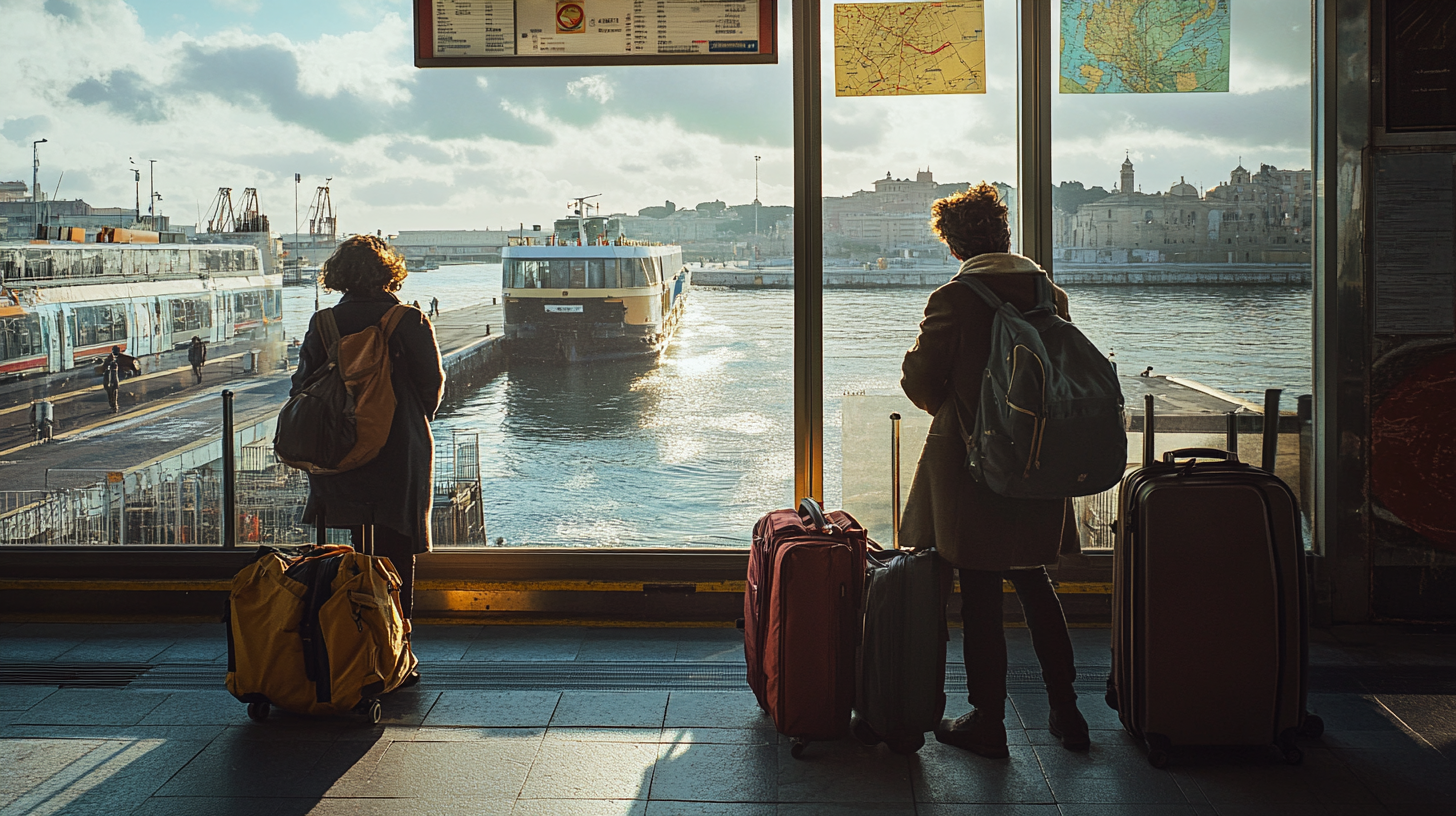
Pre-booking Transportation
Pre-booking your transportation is highly advisable, particularly during peak tourist seasons when trains, buses, and private services can become fully booked. Securing your tickets or reservations in advance not only guarantees your seat but also often provides cost savings, as some operators offer discounts for early bookings. This proactive approach minimizes wait times and logistical uncertainties, enabling you to dedicate more time to exploring Rome’s treasures. Additionally, pre-booking allows you to plan your day’s itinerary accurately, aligning transportation schedules with tour bookings or timed entry tickets to attractions like the Vatican Museums or the Colosseum.
For tips on planning and booking, see How to Pre-book Transportation from Civitavecchia to Rome for a Hassle-Free Trip .
Luggage Storage
If you’re traveling with luggage, especially if disembarking from a cruise for an extended stay in Rome or onward travel, it’s crucial to consider luggage storage options. Shuttle buses and private transfers typically provide ample storage space for suitcases and bags. Regional trains, while accommodating, can be crowded, and space for large luggage may be limited. Some train stations and bus terminals offer luggage storage facilities (left luggage offices or lockers), allowing you to securely store your belongings while you explore the city unencumbered. Be sure to verify the hours of operation and any restrictions or fees associated with these services.
For more details on luggage storage options, refer to Where to Store Luggage When Traveling from Civitavecchia to Rome .
Travel Time
While the approximate travel time from Civitavecchia to Rome is about an hour, actual journey durations can vary based on several factors. Train schedules may differ on weekends or holidays, and unforeseen delays can occur due to maintenance work or other operational issues. Similarly, road traffic can significantly affect travel times for buses and private cars, especially during rush hours or tourist peak seasons. It’s prudent to monitor real-time updates provided by transportation operators or traffic information services. Allocating extra time in your schedule can reduce stress and prevent potential disruptions to your plans, ensuring you arrive at your destinations promptly.
For current travel times and updates, check Real-Time Travel Information from Civitavecchia to Rome .
Planning Your Visit to Rome
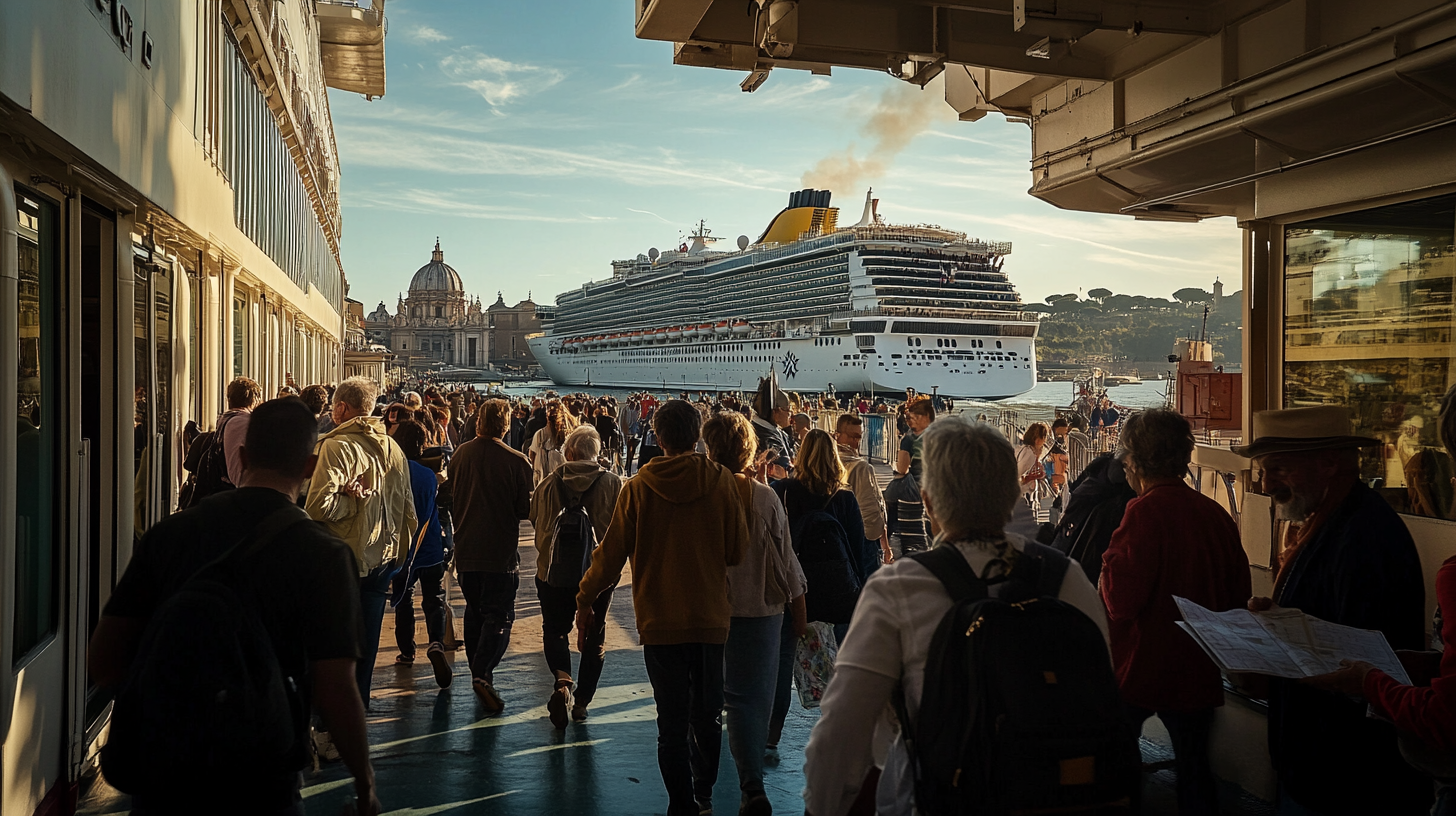
Time Constraints for Cruise Passengers

Cruise passengers often have limited time to explore Rome. Efficient planning becomes essential to maximize your experience without feeling hurried or overwhelmed. Begin by identifying the attractions that are most significant to you. Whether you’re captivated by ancient history, art, architecture, or culinary delights, focusing on a few key sites will allow you to immerse yourself more fully. Consider pre-booking guided tours which often provide skip-the-line access, saving valuable time. Navigating the city’s layout in advance, understanding transit options between sites, and being mindful of peak visiting times can enhance your efficiency. Remember that it’s better to enjoy a few experiences deeply than to attempt to see everything superficially.
For itinerary suggestions and time-saving tips, see One-Day Rome Itineraries for Cruise Passengers from Civitavecchia .
Must-See Attractions
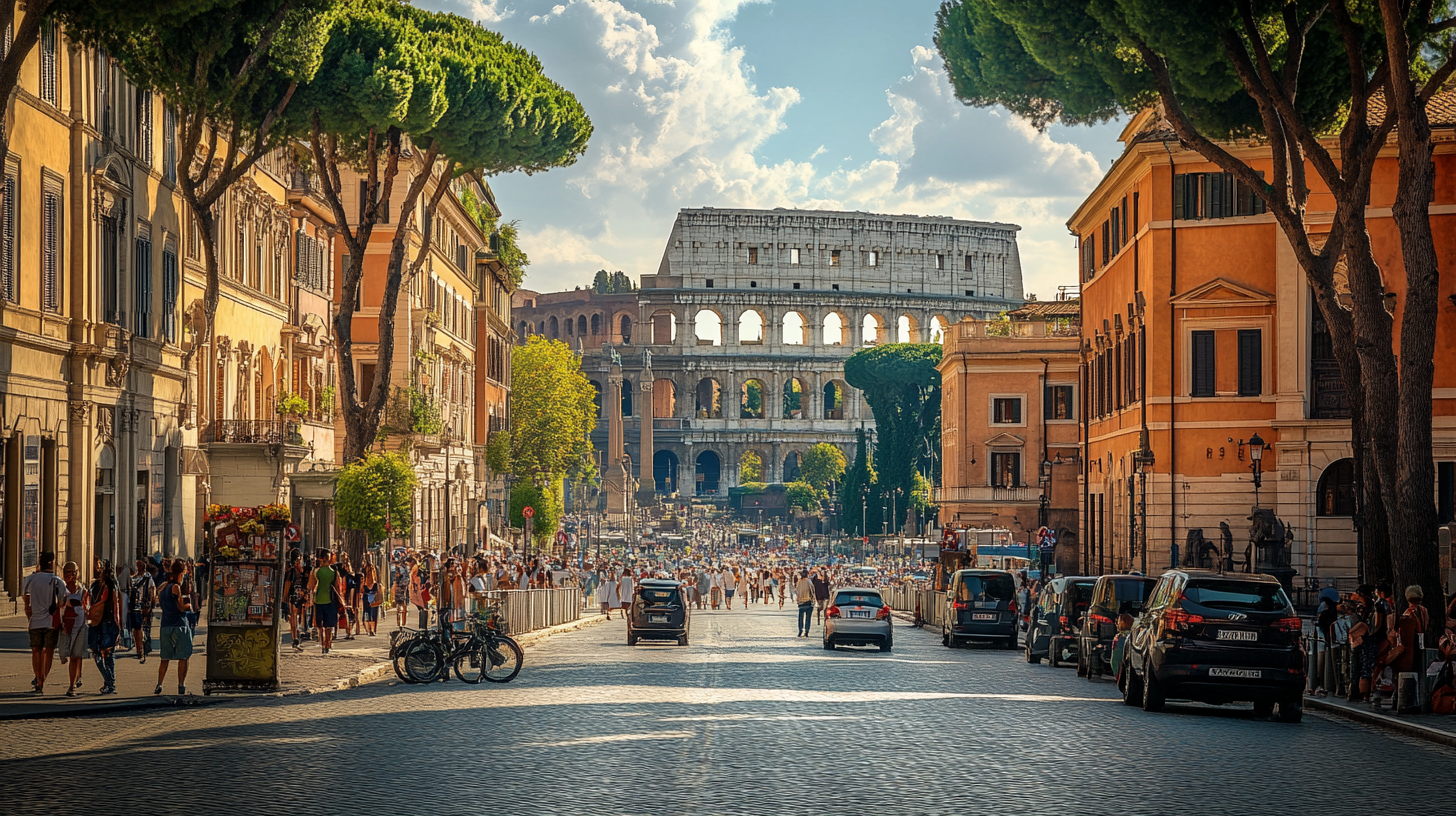
- The Colosseum: Standing as a testament to the ingenuity and grandeur of ancient Roman engineering, the Colosseum is an unmissable landmark. Walking through its archways, you can almost hear the echoes of gladiators and cheering crowds. Consider a guided tour to learn fascinating historical insights and gain access to restricted areas such as the underground chambers.
- The Vatican: As the epicenter of the Roman Catholic Church and an independent city-state, the Vatican is rich with spiritual and artistic heritage. Marvel at Michelangelo’s breathtaking frescoes in the Sistine Chapel, stand beneath the towering dome of St. Peter’s Basilica, and wander through the vast collections of the Vatican Museums. Booking tickets in advance is highly recommended to avoid long queues.
Other notable sites include the Roman Forum, the Pantheon, the Trevi Fountain, and the Spanish Steps. If time permits, indulging in authentic Italian cuisine at a local trattoria or gelateria can also be a delightful addition to your itinerary.
For more information on tickets and tours, refer to Skip-the-Line Tickets and Guided Tours for Rome’s Top Attractions .
Tips for Avoiding Crowds
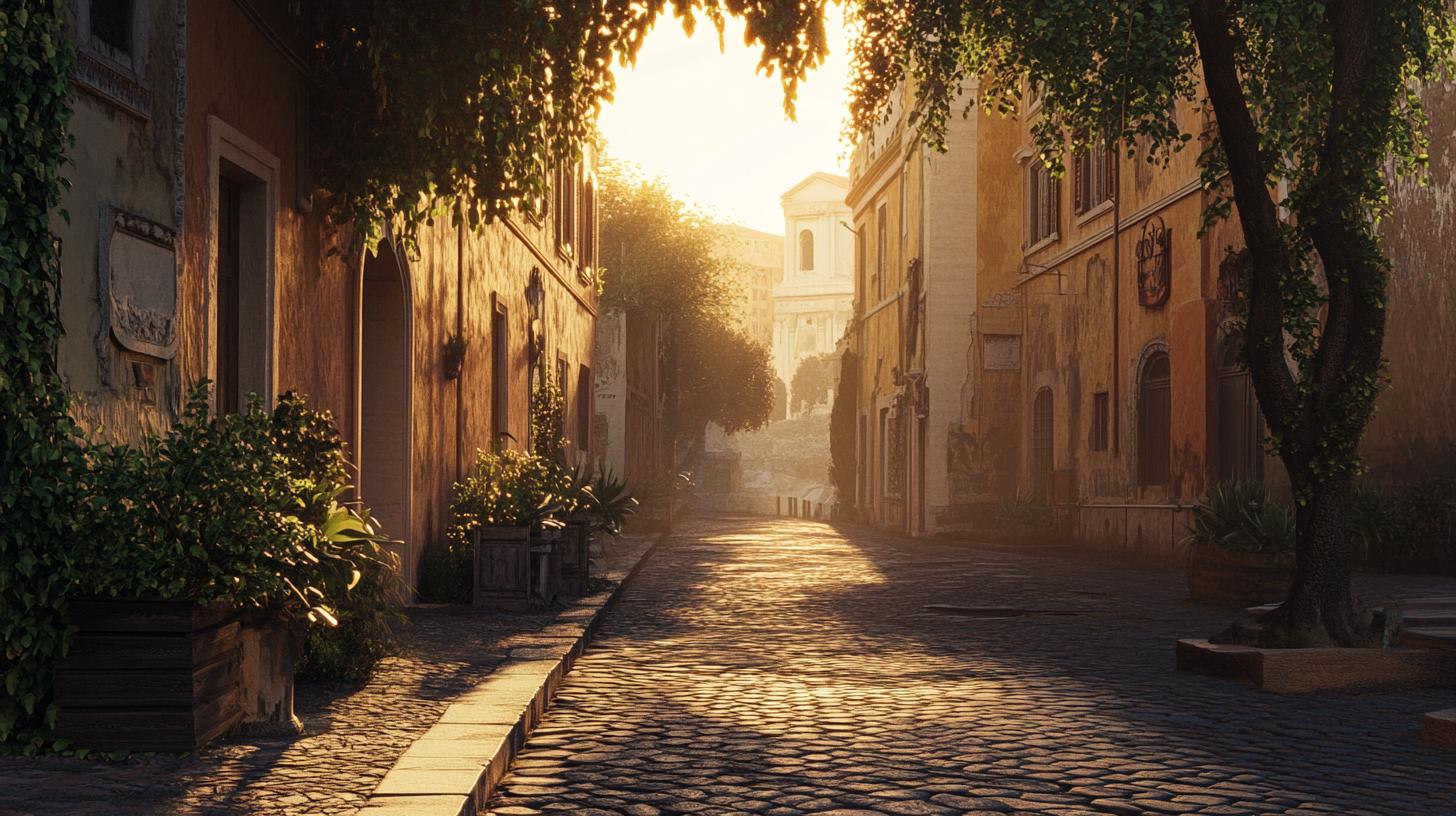
Rome’s popularity means that crowds are almost inevitable, but strategic planning can help you navigate them. Traveling during the shoulder seasons—spring (April to June) and autumn (September to October)—often results in fewer tourists and milder weather. If your cruise schedule permits, aim to visit major attractions either early in the morning when they first open or later in the afternoon before closing. Weekdays generally experience lighter foot traffic compared to weekends. Pre-purchasing tickets with timed entry can also reduce waiting times. Exploring lesser-known sites or neighborhoods can provide a respite from the tourist trail and offer authentic local experiences.
For more crowd avoidance strategies, read Smart Tips to Beat the Crowds in Rome During Peak Season .
Environmental Considerations
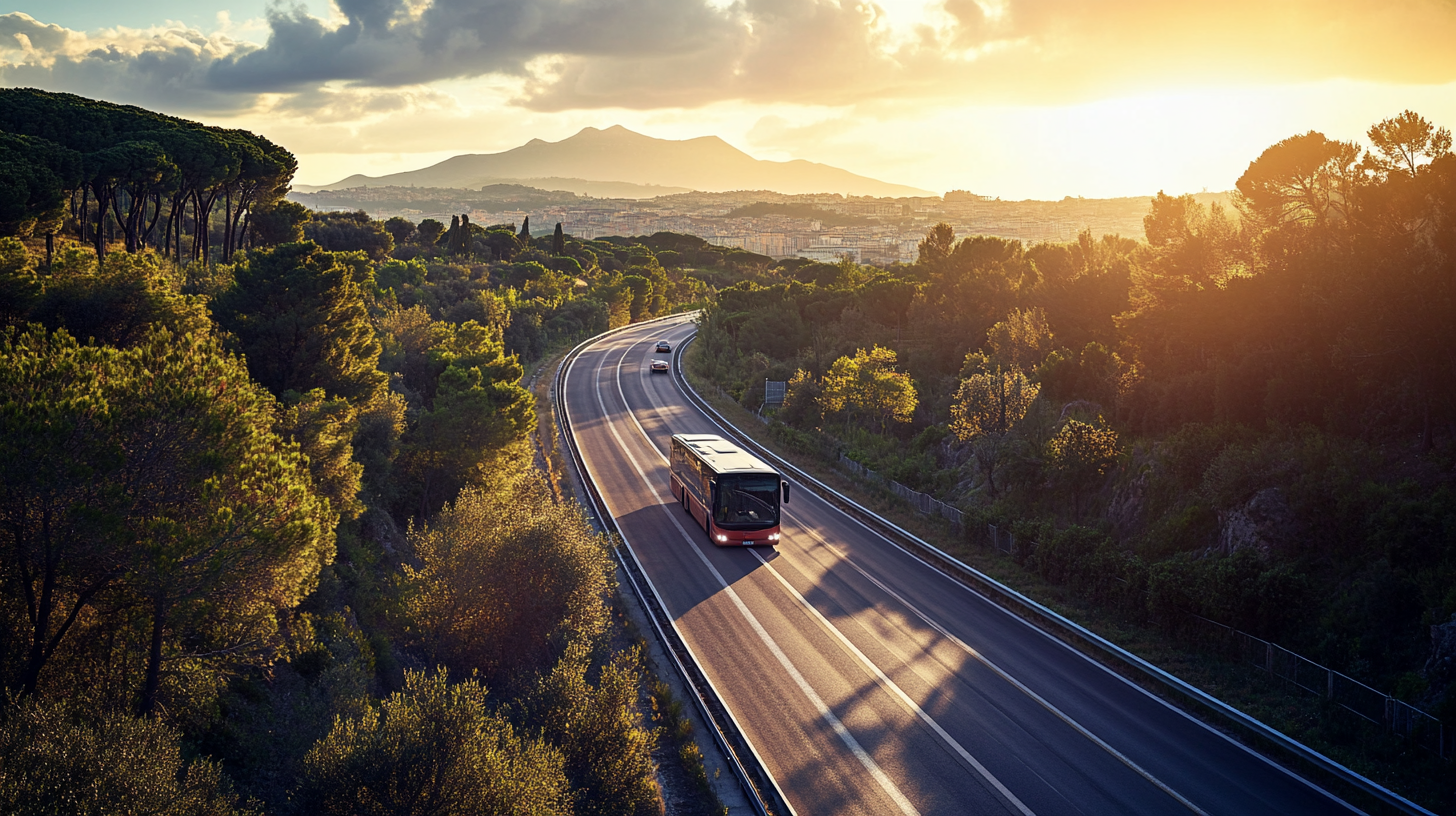
As tourism grows, so does its impact on the environment and local communities. Conscious travel choices can mitigate negative effects. For instance, Venice has suffered from over-tourism and environmental strain due to large cruise ships. Opting for cruises that adhere to sustainable practices or choosing itineraries that reduce environmental footprints makes a difference. In Rome, consider supporting eco-friendly tour operators, reducing waste by carrying reusable water bottles (the city’s public fountains provide free potable water), and respecting local customs and regulations aimed at preservation. Embracing responsible tourism not only protects these historic sites for future generations but also often enriches your own travel experience through more meaningful and respectful interactions.
For guidelines on sustainable tourism, see How to Be an Environmentally Conscious Traveler in Rome .
Final Thoughts
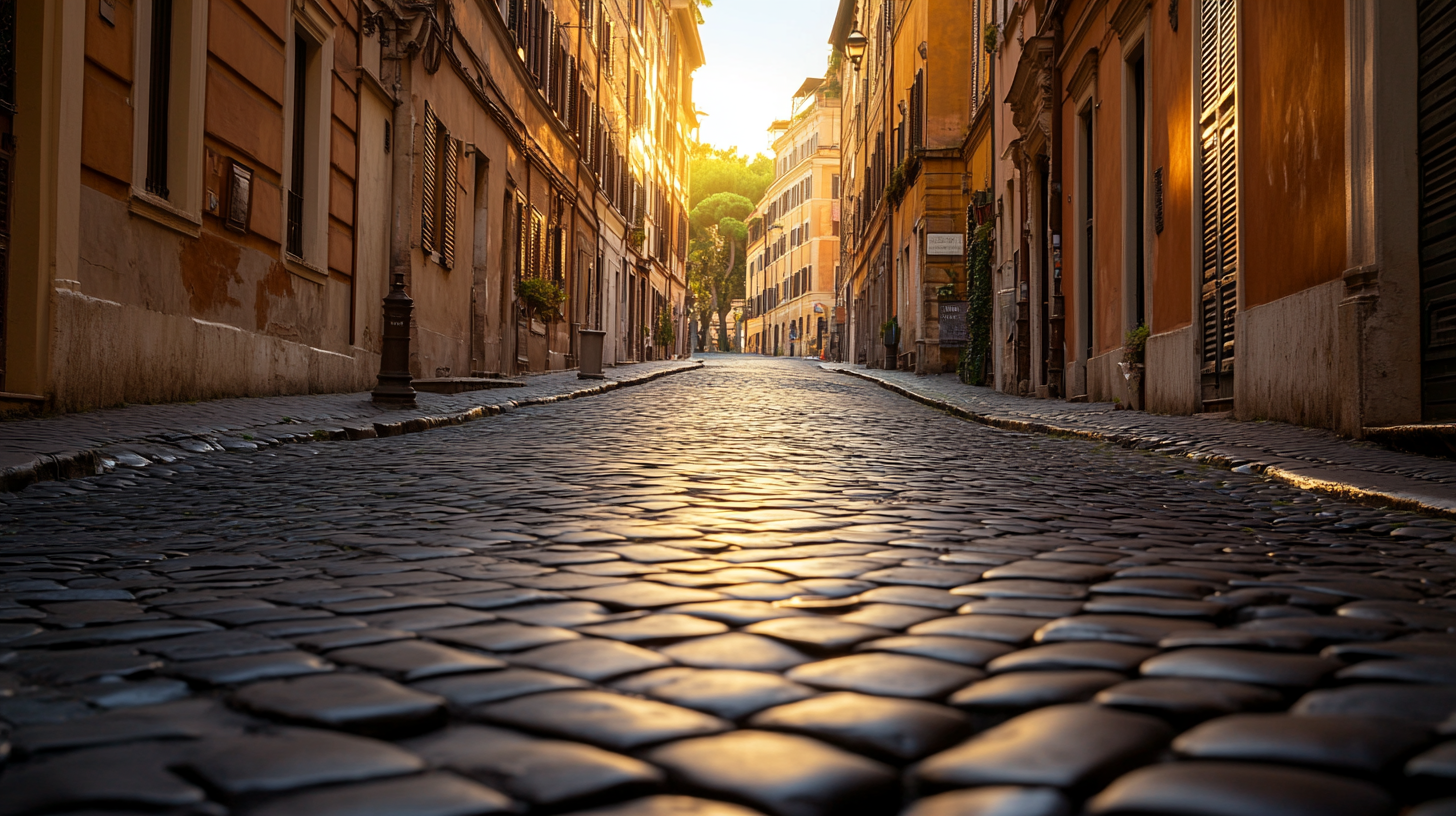
Embarking on the journey from Civitavecchia to Rome is the beginning of an unforgettable exploration of culture, history, and the vibrant life that pulses through the Eternal City. With a multitude of transportation options at your disposal, you can tailor your travel to match your specific needs and desires. By thoughtfully planning your trip—considering factors like time constraints, budget, and personal comfort—you set the stage for a richly rewarding experience. Remember to embrace the moments between destinations, for often, the journey itself holds treasures waiting to be discovered. As you stroll through ancient streets, gaze upon architectural marvels, or savor the flavors of Italian cuisine, you’ll carry with you the stories and memories that make Rome not just a place on the map, but a place in your heart.
Follow us back to Seat 5A for more travel insights and tips. We look forward to accompanying you on your next adventure.
This blog post was AI-written / human assisted.






